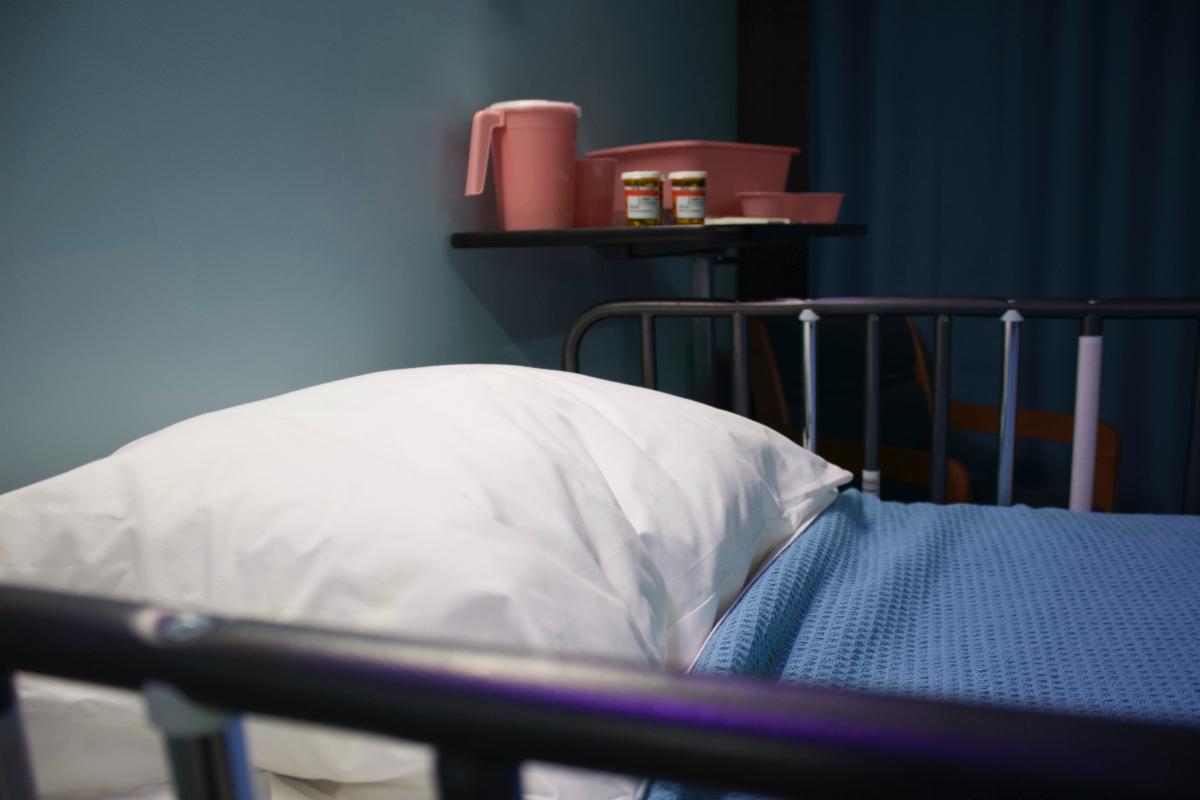RESEARCH WEEKLY: Mental illness behind bars – we know, what we don’t
(July 19, 2016) Innumerable studies worldwide have found that being mentally ill increases the risk of arrest and incarceration and for death, victimization, violence and other suffering once behind bars. Now, four unrelated reports published within just three days of July shed additional light on the condition and impacts of inmates with serious psychiatric disease.
Each report illuminates a different aspect of mental illness behind bars. Each also illustrates the need for more systematic study of the issue. Following are summaries of what these disparate sources tell us and comments on additional research that is needed.
Individuals with serious mental illnesses in county jails: A survey of jail staff’s perspectives
Treatment Advocacy Center and Public Citizen’s Health Research Group (July 14, 2016)
This survey of personnel at 230 county jails in 39 states found serious mental illness to be almost universal in the surveyed facilities.

Among the findings:
- More than 95% reported having some inmates with serious mental illness during the year-long survey period.
- Three-quarters reported seeing “more or far more” seriously mentally ill inmates during the 2010-2011 survey period than 5 to 10 years earlier.
- Most jails reported “major problems” with its mentally ill inmate population, including the need to monitor mentally ill inmates more closely for suicide, victimization and violence. Only 1.7% of the responding jails reported encountering no special problems associated with serious psychiatric disease among their inmates.
- Inmates with mental illness were more likely to be segregated than treated. Nearly 70% of the jails reported isolating inmates with serious mental illness; 45.2% reported offering “some sort of mental health treatment”; only 41.7% reported offering pharmacy services.
- Fewer than 25% of the jails offered a support system for mentally ill inmates after release.
Comment: An estimated 1.8 million US jail bookings annually involve people with serious mental illness. Illuminating as they may be, surveys are no substitute for official collection of comprehensive data about the diagnoses, treatment and impacts of these inmates.
Mental health of prisoners: Prevalence, adverse outcomes, and interventions
The Lancet Psychiatry (July 14, 2016)
This systematic review of international studies on prisoner mental health between 2003 and 2015 found inmates with serious mental illness consistently overrepresented within correctional settings and on multiple measures of inmate vulnerability.
Among the findings:
- 1 in 7 prisoners had major depression or psychosis, and many had comorbid substance abuse conditions. Women were more likely than men to have comorbid disorders.
- Women prisoners with serious mental illness were 6 times more likely to die of suicide than women in the general community. Male prisoners were 3-6 times more at risk than unincarcerated men.
- Self-harm short of suicide was reported in 20-24% of female prisoners and 5-6% of male prisoners.
- Mentally ill prisoners were disproportionately involved in prison rule-breaking and violence, more likely to be charged with violating rules than other prisoners and twice as likely to be injured in a prison fight.
Comment: Without systematic data collection on mentally ill inmates, the United States relies on more limited local or regional studies, media and anecdotal reports (see below) As a result, comparable, comprehensive information is not available to the US public and policymakers.
Sandra Bland died one year ago: And since then, at least 810 people have lost their lives in jail
The Huffington Post, July 13, 2016
The jail suicide rate in 1986 was 107 per 100,000 inmates. By 2006, it had dropped more than 60%, a reduction attributed to improvements in medical and psychiatric screening of new inmates. Even so, the suicide rate in jail was more than three times that of the general population, Dana Liebelson and Ryan J. Reilly report in this analysis of jail deaths. Sandra Bland, a 28-year-old Texas woman jailed following a traffic stop, was among those who killed themselves in jail in 2015.
“Deaths inside American jails frequently go unnoticed, sometimes even unrecorded,” the authors write. “Unlike prisons, jails hold people for only short periods-about 21 days on average-and many of their inmates have not been convicted of a crime. Additionally, jails typically aren’t required to release public information about people who die within their walls. The federal government publishes only generalized data years after deaths occur, making it nearly impossible to identify the most dangerous facilities. So we attempted to fill the gap.”
Among the findings:
- 811 jail fatalities occurred in the year following Bland’s July 13, 2015, death – an average of more than two per day and more than four times the number of unarmed people killed by police during the same period.
- Suicide accounted for 31% of the deaths, and 26% of the suicides occurred in the first three days of incarceration, even when the arrest resulted from minor charges unlikely to result in prison time. Suicide has been the leading cause of jail death every year since 2000.
- African-Americans were overrepresented in jail deaths, a reflection of their overrepresentation in jails and prisons overall.
Comment: The Department of Justice collects and reports detailed information on mortality in local jails and state prisons. Despite the growing suicide rate behind bars, the prevalence and role of mental illness in these and other deaths in correctional facilities is not included in its annual report.
Driving mentally ill to treatment elsewhere costly
Victoria Advocate (July 16, 2016)
After a Texas county closed its last psychiatric bed, area law enforcement was conscripted to provide transportation of people in psychiatric crisis to other counties, this analysis by the local newspaper found.
“Since the Crossroads’ last inpatient mental health treatment center closed in 2010, area law enforcement have driven mentally ill people almost 228,000 miles for treatment elsewhere, enough to circle the earth nine times,” Jessica Priest reports.
“And they’ve spent about $321,150 for their efforts, records show.”
In Calhoun County, which has 16 deputy sheriffs, “One deputy does most of the transports, sometimes travelling up to 16 hours round trip,” according to the report. In Jackson County, where the department has only six deputies, officers stood by more than 100 hours at the local hospital in the month of June waiting for mentally ill patients they transported to be assessed or admitted to a bed.
Comment: Priest said the distance and cost of transporting mentally ill individuals is understated because several counties don’t keep track of how many mental health transports they perform and thus cannot assess the staffing and cost impacts of such transportation.
In Conclusion
The United States incarcerates more mentally ill prisoners than any other democracy. Study and reporting on their plight and their impact on the criminal justice system and communities are admirable and growing. If evidence-based public policy and to remedy the conditions being reported are to be implemented, relevant, systematic collection of data by state and federal agencies must begin
References:
AbuDagga, Azza et al. (14 July, 2016). Individuals with serious mental illnesses in county jails: A survey of jail staff’s perspectives. Public Citizen’s Health Research and Treatment Advocacy Center.
Fazel, Seena et al. (14 July, 2016). “Mental health of prisoners: Prevalence, adverse out comes, and interventions.” The Lancet Psychiatry.
Liebelson, Dana and Reilly, Ryan. (13 July, 2016). “Sandra Bland died one year ago: And since then, at least 810 people have lost their lives in jail.” The Huffington Post.
Priest, Jessica. (16 July, 2016). “Driving mentally ill to treatment elsewhere costly.” Victoria Advocate (Texas).
Torrey, E. Fuller et al. (2014). The treatment of persons with mental illness in prisons and jails. Treatment Advocacy Center.










